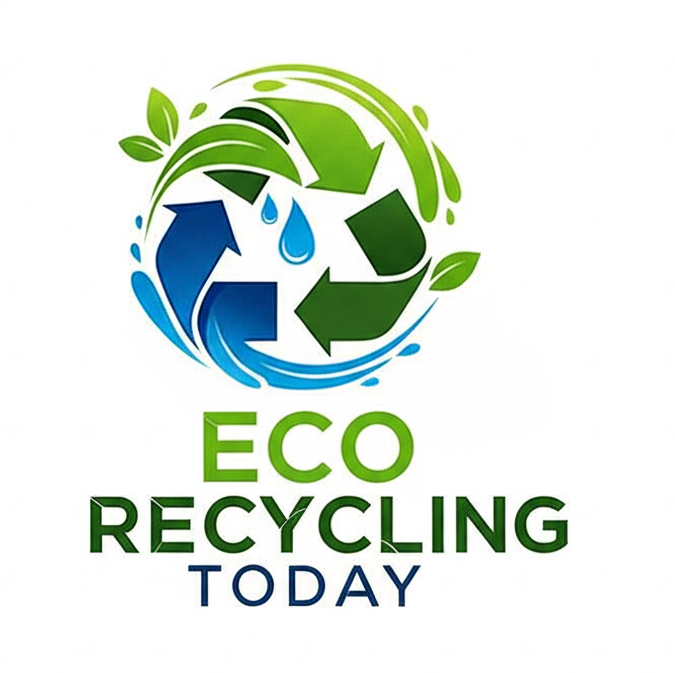As the 3D printing industry evolves, so does the demand for sustainable filament alternatives. Among the traditional plastic materials used in 3D printing, ABS (Acrylonitrile Butadiene Styrene) stands out for its strength and heat resistance. But ABS is petroleum-based and not biodegradable—posing challenges for eco-conscious users. That's where Recycled ABS Filament (rABS) steps in.
We'll explore what recycled ABS filament is, how it's made, and the many advantages it offers for both performance and the planet.
What Is Recycled ABS Filament?
Recycled ABS filament is a 3D printing material made from post-industrial or post-consumer ABS plastic waste. This includes old electronic housings, automotive parts, or rejected ABS prints. These materials are collected, shredded, cleaned, and re-extruded into filament suitable for use in FDM/FFF 3D printers.
By giving new life to discarded ABS, rABS offers the same excellent printing properties while significantly reducing plastic waste and minimizing environmental impact.
Advantages of Recycled ABS Filament
1. Eco-Friendly Choice
rABS helps divert plastic from landfills and repurposes it into functional filament. By choosing recycled ABS, users contribute to reducing plastic pollution and supporting the circular economy.
2. High Mechanical Strength
ABS is known for its toughness, impact resistance, and durability. Recycled ABS retains these core properties, making it ideal for parts that need to withstand wear, stress, and pressure.
3. High Heat Resistance
Recycled ABS, like virgin ABS, performs well under heat. It is suitable for automotive parts, functional components, and applications that require thermal stability.
4. Machinable and Paintable
rABS prints can be sanded, drilled, machined, and painted, allowing users to fine-tune the final product or create finished prototypes with professional aesthetics.
5. Cost-Effective and Sustainable
Recycled ABS is typically more affordable than new ABS, while offering comparable performance. It's a cost-effective option for sustainable manufacturing and prototyping.
6. Industrial-Grade Quality
Many recycled ABS filaments are produced using industrial-grade recycling processes, ensuring consistent diameter, flow, and durability across prints.
Applications of Recycled ABS Filament
- Functional mechanical parts
- Prototypes for automotive or industrial use
- Durable enclosures and housings
- Tools and assembly jigs
- Educational or engineering projects
If your print needs to be tough, long-lasting, and thermally stable—rABS is an excellent choice with the added benefit of sustainability.
Printing Tips for rABS Filament
- Nozzle Temperature: 230°C – 260°C
- Bed Temperature: 90°C – 110°C
- Heated Bed Required:
- Enclosure Recommended: (to reduce warping)
- Ventilation: Use in a well-ventilated area or with an air filter
- Dry Storage: Keep in a moisture-proof container
While rABS prints best with an enclosure to prevent warping, many users find that with the right settings, it performs just as well as virgin ABS.
Recycled ABS filament is a smart, sustainable alternative to traditional ABS. It combines high performance and mechanical strength with a reduced environmental footprint. Whether you’re prototyping, manufacturing, or experimenting, rABS helps you build stronger, smarter, and greener.
As the 3D printing industry continues to prioritize eco-friendly innovation, switching to recycled materials like rABS is a practical step toward a more sustainable future.
